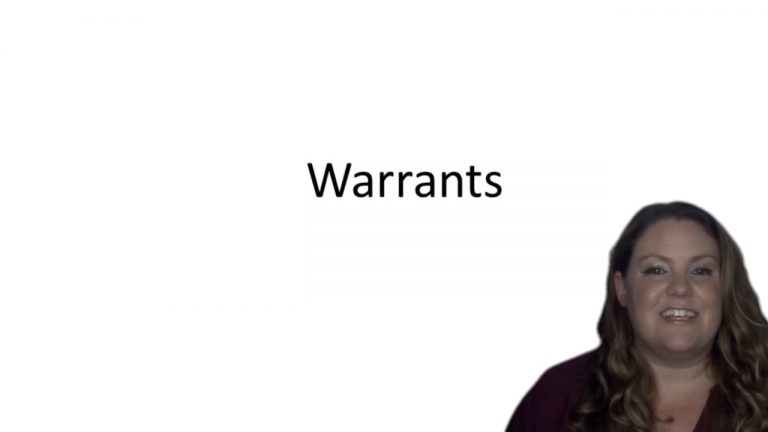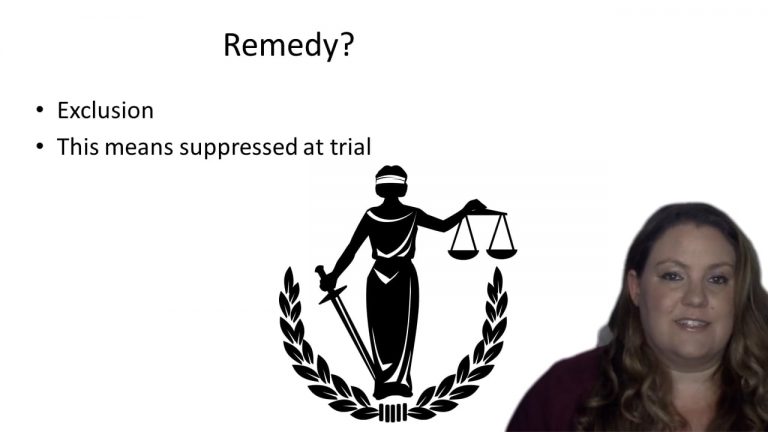SmartBrief
Confirm favorite deletion?
Criminal Procedure Keyed to Dressler
Warden v. Hayden
Citation:
387 U.S. 294, 87 S.Ct. 1642, 18 L.Ed.2d 782.Facts
About 8 a.m. on March 17, 1962, an armed robber entered the business premises of the Diamond Cab Company in Baltimore, Maryland. He took over $300 and ran. Two cab drivers in the vicinity followed the man to his home and relayed the information to police. Within minutes, police arrived at the house in a number of patrol cars. An officer knocked and announced their presence. The defendant’s wife, Mrs. Hayden, answered, and the officers told her they believed that a robber had entered the house, and asked to search the house. She offered no objection.
The officers spread out through the first and second floors and the cellar in search of the robber. The defendant was found in an upstairs bedroom feigning sleep. He was arrested when the officers on the first floor and in the cellar reported that no other man was in the house. Evidence of the robbery was found in the home and was used against the defendant at his trial. He was convicted. He appealed, arguing that the search was invalid since the police did not have a warrant.
Only StudyBuddy Pro offers the complete Case Brief Anatomy*
Access the most important case brief elements for optimal case understanding.
*Case Brief Anatomy includes: Brief Prologue, Complete Case Brief, Brief Epilogue
- The Brief Prologue provides necessary case brief introductory information and includes:
Topic:
Identifies the topic of law and where this case fits within your course outline.Parties:
Identifies the cast of characters involved in the case.Procedural Posture & History:
Shares the case history with how lower courts have ruled on the matter.Case Key Terms, Acts, Doctrines, etc.:
A case specific Legal Term Dictionary.Case Doctrines, Acts, Statutes, Amendments and Treatises:
Identifies and Defines Legal Authority used in this case.
- The Case Brief is the complete case summarized and authored in the traditional Law School I.R.A.C. format. The Pro case brief includes:
Brief Facts:
A Synopsis of the Facts of the case.Rule of Law:
Identifies the Legal Principle the Court used in deciding the case.Facts:
What are the factual circumstances that gave rise to the civil or criminal case? What is the relationship of the Parties that are involved in the case.Issue(s):
Lists the Questions of Law that are raised by the Facts of the case.Holding:
Shares the Court's answer to the legal questions raised in the issue.Concurring / Dissenting Opinions:
Includes valuable concurring or dissenting opinions and their key points.Reasoning and Analysis:
Identifies the chain of argument(s) which led the judges to rule as they did.
- The Brief Prologue closes the case brief with important forward-looking discussion and includes:
Policy:
Identifies the Policy if any that has been established by the case.Court Direction:
Shares where the Court went from here for this case.
Topic Resources
Topic Videos
 10m 22s
10m 22s 15m 53s
15m 53sTopic Outline
Topic Refresher Course
Topic Charts & Notes

